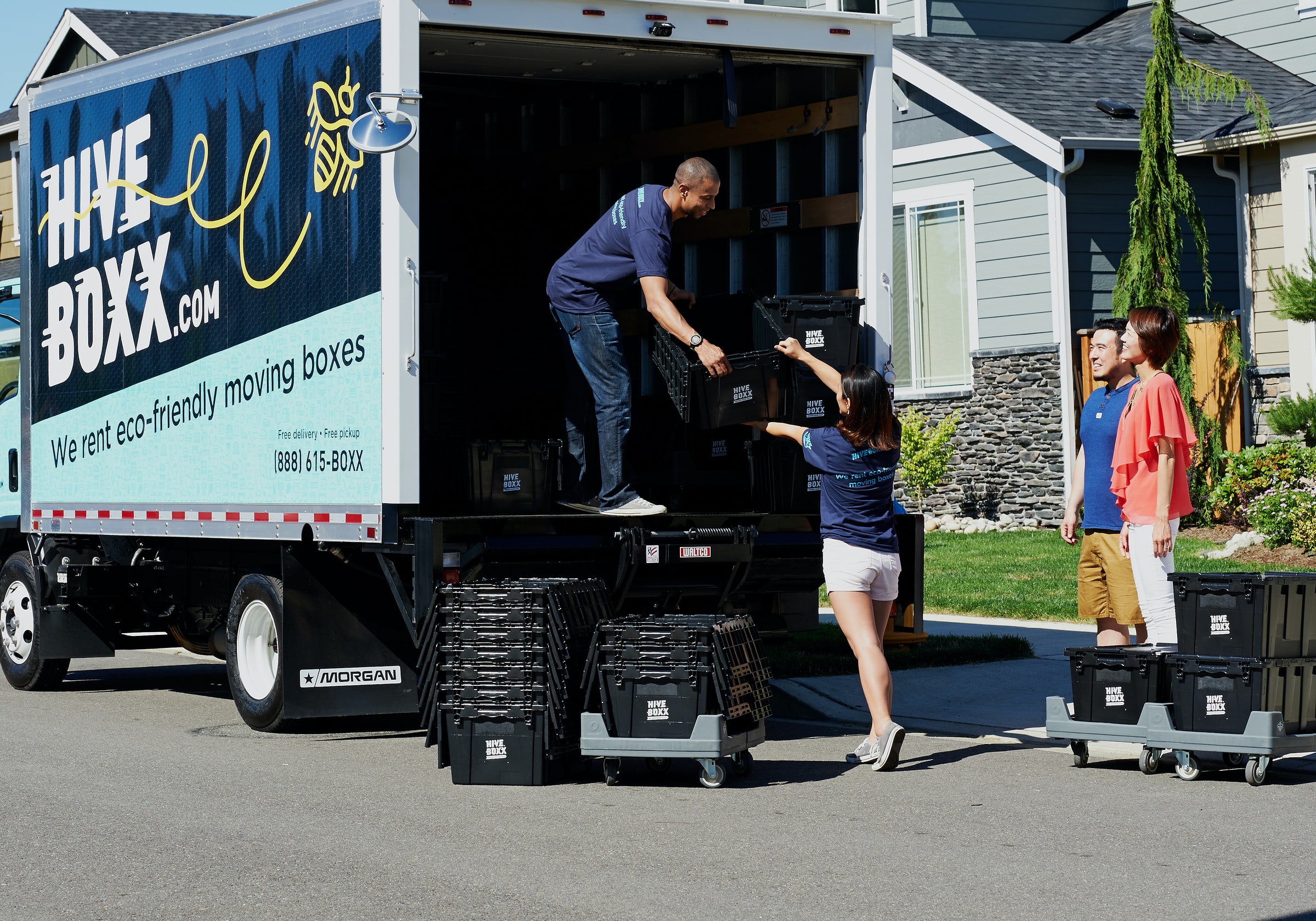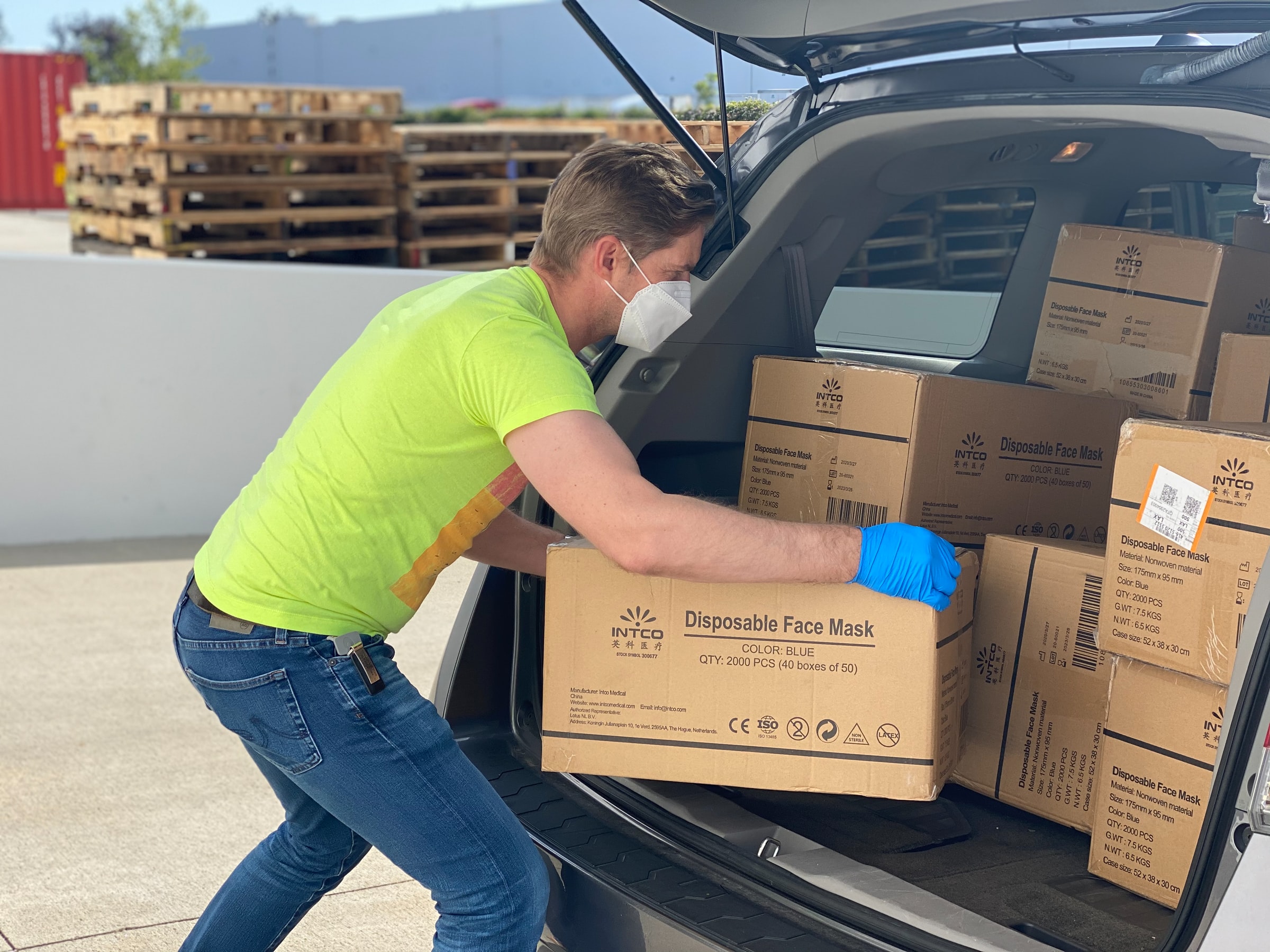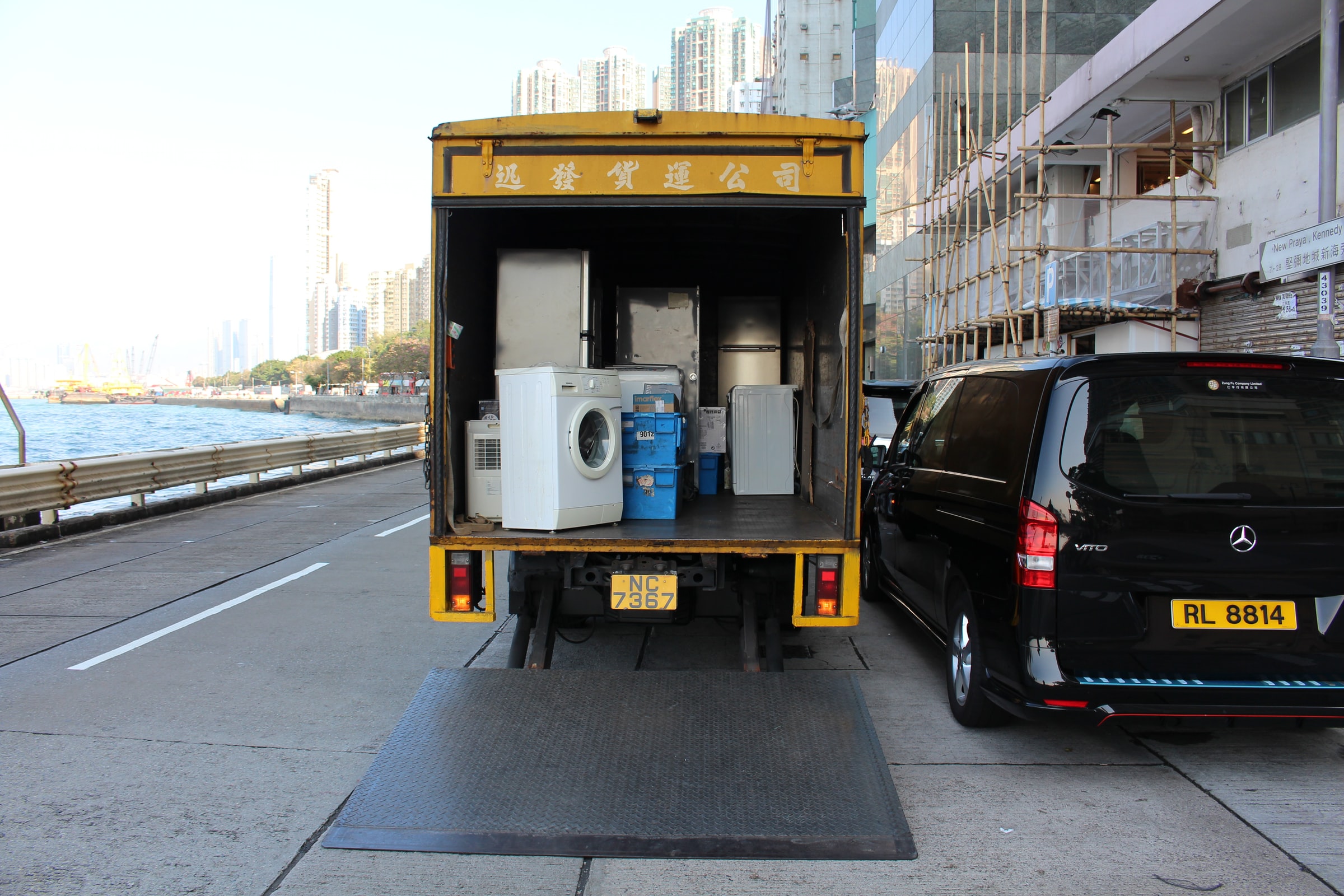
On a public road, it is frequent to cross vehicles transporting dangerous materials. Indeed, these are easily identifiable thanks to their orange signs and their danger labels. The circulation of these vehicles on the public road is governed by rules. What are they? So, without further ado, let’s dive into this blog and learn some of the things you need to know about transport of dangerous goods.
Specific rules for traffic on public roads

For the transport of hazardous materials, the regulation provides for a traffic ban on summer weekends when there are large departures. It also provides a speed limit, i.e., 80 km/h instead of 90 km/h for other heavy goods vehicles, and parking conditions for vehicles. Indeed, vehicles transporting hazardous materials cannot park on public roads for the time necessary for normal transport.
Then, they must not, in any case, constitute a source of danger. To this effect, restrictions on the use of certain structures, such as engineering structures and tunnels, are defined by the Highway Code in order to ensure the safety of other users.
Specific signs
The specific signs concern the label plates and orange plates on the body of the vehicles. They allow us to distinguish vehicles transporting dangerous goods (TDM) from other types of vehicles. Indeed, the danger plates are placed on both sides, at each end of the transport units concerned, and correspond to the danger labels placed on the packaging. The packages are also labeled, regardless of the weight of the hazardous materials being transported.
Next, the orange signs are affixed to the affected TDMs (motor vehicles with or without trailers). These vehicles must be equipped with two orange rectangular signs, one attached to the front of the transport unit and the other attached to the rear in a visible position. These signs are for full tank containers, general purpose containers, empty tank containers, tank vehicles, bulk containers, container carriers, and other vehicles involved in the transport of dangerous goods.
For tanks or vehicles intended for bulk
For bulk vehicles or tanks, it should be noted that instead of the orange plates, paint, a self-adhesive sheet, or another equivalent process can be placed. In addition, these signs must be obscured in case the CTs are degassed, cleaned, or decontaminated. For a vehicle that is detached from its trailer, an orange sign must be placed on the rear.
This sign consists of a top section with a two or three-digit number. These numbers identify the nature of the danger thanks to specific coding. The lower part contains a four-digit UN number of the product transported. However, the orange panel must be 40 cm long and 30 cm high. The height of the two digits is 10 cm with a tolerance of 10% (plus or minus).
Mandatory safety equipment
In addition to the transport tanks and the technical requirements for the construction of the vehicles, the traffic regulations provide for mandatory safety obligations. Indeed, a hazardous material transport unit must have two institutes (one with a minimum capacity of 2 kg of powder and the second with a minimum capacity of 6 kg of powder), a battery cutter, safety, and first intervention equipment.
Vehicles transporting hazardous materials must be equipped with an ABR anti-lock device and retarder (endurance braking) according to their weight. They must also have 2 to 3-speed indicator discs affixed to the rear of the vehicle on the lower left side of the body.
Final thoughts

In short, it is important to remember that there are many rules of circulation on the public road for the transport of dangerous goods. Sound off in the comments section below, and tell us what you want to read next and if you want to read more about transportation.

